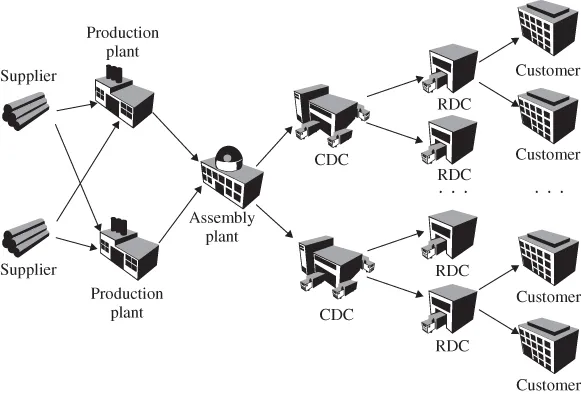
Introduction to Logistics Systems Management
Gianpaolo Ghiani, Gilbert Laporte, Roberto Musmanno
- English
- ePUB (apto para móviles)
- Disponible en iOS y Android
Introduction to Logistics Systems Management
Gianpaolo Ghiani, Gilbert Laporte, Roberto Musmanno
Información del libro
Introduction to Logistics Systems Management is the fully revised and enhanced version of the 2004 prize-winning textbook Introduction to Logistics Systems Planning and Control, used in universities around the world.
This textbook offers an introduction to the methodological aspects of logistics systems management and is based on the rich experience of the authors in teaching, research and industrial consulting.
This new edition puts more emphasis on the organizational context in which logistics systems operate and also covers several new models and techniques that have been developed over the past decade.
Each topic is illustrated by a numerical example so that the reader can check his or her understanding of each concept before moving on to the next one. At the end of each chapter, case studies taken from the scientific literature are presented to illustrate the use of quantitative methods for solving complex logistics decision problems. An exhaustive set of exercises is also featured at the end of each chapter.
The book targets an academic as well as a practitioner audience, and is appropriate for advanced undergraduate and graduate courses in logistics and supply chain management, and should also serve as a methodological reference for practitioners in consulting as well as in industry.
Preguntas frecuentes
Información
1
Introducing logistics
1.1 Definition of logistics
1.2 Logistics systems
